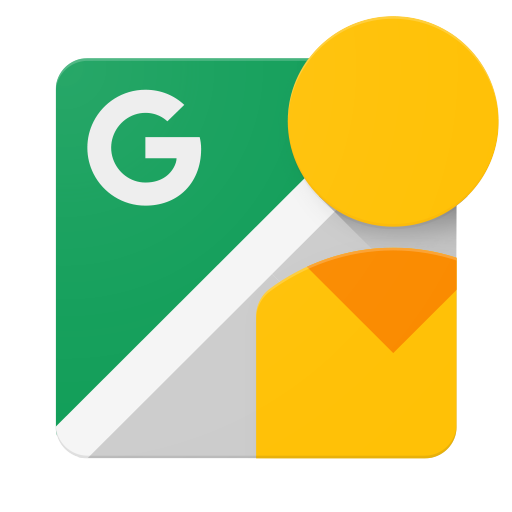Semua permintaan ke Google Street View Publish API harus diautentikasi. Saat gambar baru diupload, gambar tersebut akan diatribusikan ke Akun Google pengguna yang diautentikasi.
Setiap permintaan yang dikirim aplikasi Anda ke Google Street View Publish API harus menyertakan token otorisasi. Token ini juga mengidentifikasi aplikasi Anda ke Google.
Tentang protokol otorisasi
Aplikasi Anda harus menggunakan OAuth 2.0 untuk mengizinkan permintaan. Tidak ada protokol otorisasi lain yang didukung. Jika aplikasi Anda menggunakan Login dengan Google, beberapa aspek otorisasi akan ditangani untuk Anda.
Mengizinkan permintaan dengan OAuth 2.0
Semua permintaan ke Google Street View Publish API harus diizinkan oleh pengguna terautentikasi.
Detail proses otorisasi, atau "alur", untuk OAuth 2.0 bervariasi bergantung pada jenis aplikasi yang Anda tulis. Proses umum berikut berlaku untuk semua jenis aplikasi:
- Saat membuat aplikasi, Anda mendaftarkannya menggunakan Konsol Google API. Selanjutnya, Google menyediakan informasi yang akan Anda perlukan nanti, seperti ID klien dan rahasia klien.
- Aktifkan Google Street View Publish API di Konsol API Google. (Jika API tidak tercantum di Konsol API, lewati langkah ini.)
- Saat memerlukan akses ke data pengguna, aplikasi Anda akan meminta cakupan akses tertentu kepada Google.
- Google menampilkan layar izin kepada pengguna, yang meminta mereka mengizinkan aplikasi Anda untuk meminta beberapa data.
- Jika pengguna menyetujui, Google akan memberikan token akses berumur singkat ke aplikasi Anda.
- Aplikasi Anda meminta data pengguna, dengan menambahkan token akses ke permintaan.
- Jika Google menentukan bahwa permintaan Anda dan token tersebut valid, data yang diminta akan ditampilkan.
Beberapa alur mencakup langkah tambahan, seperti penggunaan token refresh untuk memperoleh token akses baru. Informasi selengkapnya tentang alur untuk berbagai jenis aplikasi dapat dilihat di dokumentasi OAuth 2.0 Google.
Berikut informasi cakupan OAuth 2.0 untuk Google Street View Publish API:
| Cakupan | Arti |
|---|---|
https://www.googleapis.com/auth/streetviewpublish |
Akses baca/tulis. |
Untuk meminta akses menggunakan OAuth 2.0, aplikasi Anda memerlukan informasi cakupan, serta informasi yang disediakan oleh Google saat Anda mendaftarkan aplikasi (seperti ID klien dan rahasia klien).
Tips: Library klien Google API dapat menangani beberapa proses otorisasi secara otomatis. Library klien ini tersedia untuk berbagai bahasa pemrograman. Periksa halaman yang menjelaskan library beserta contohnya untuk mendapatkan informasi lebih mendetail.

